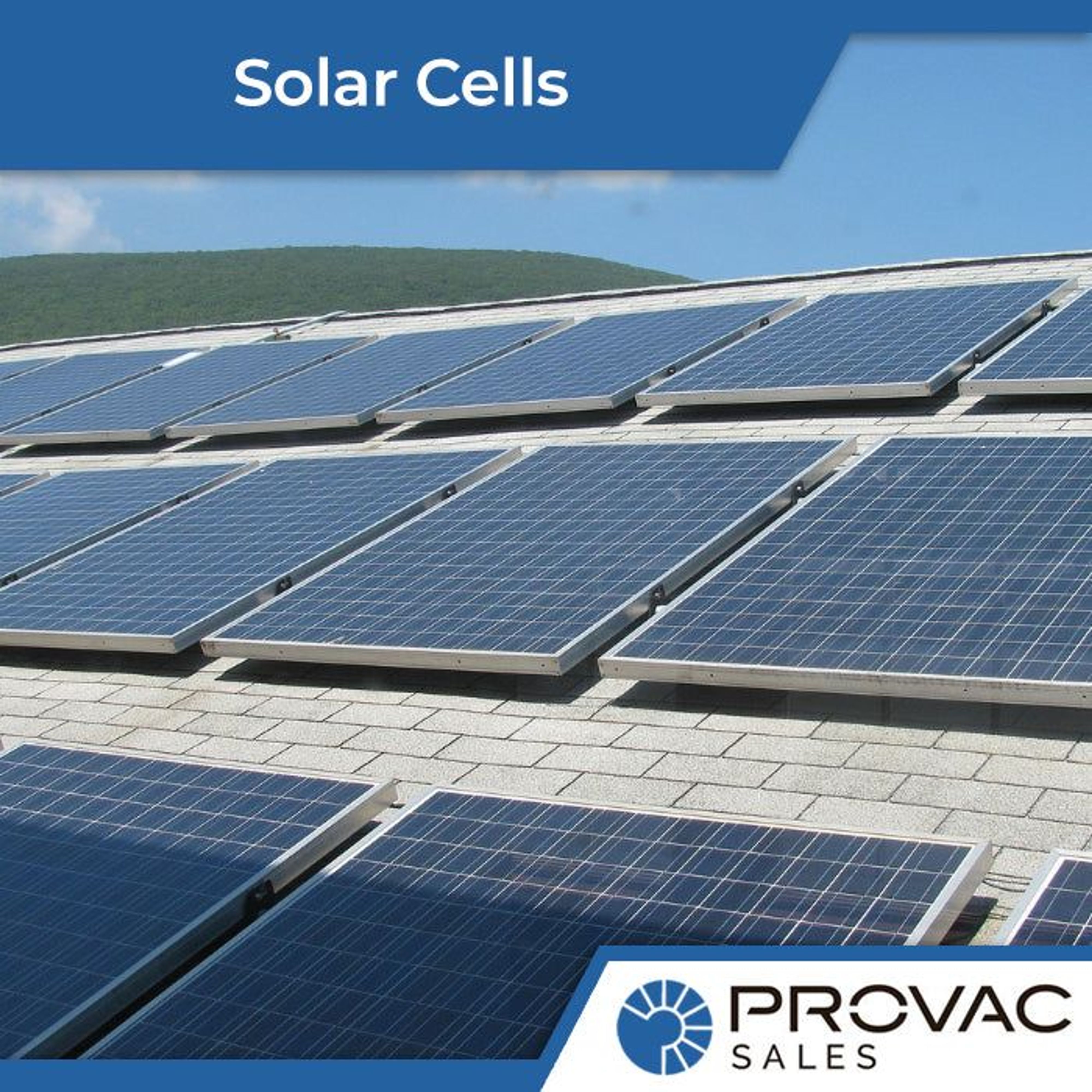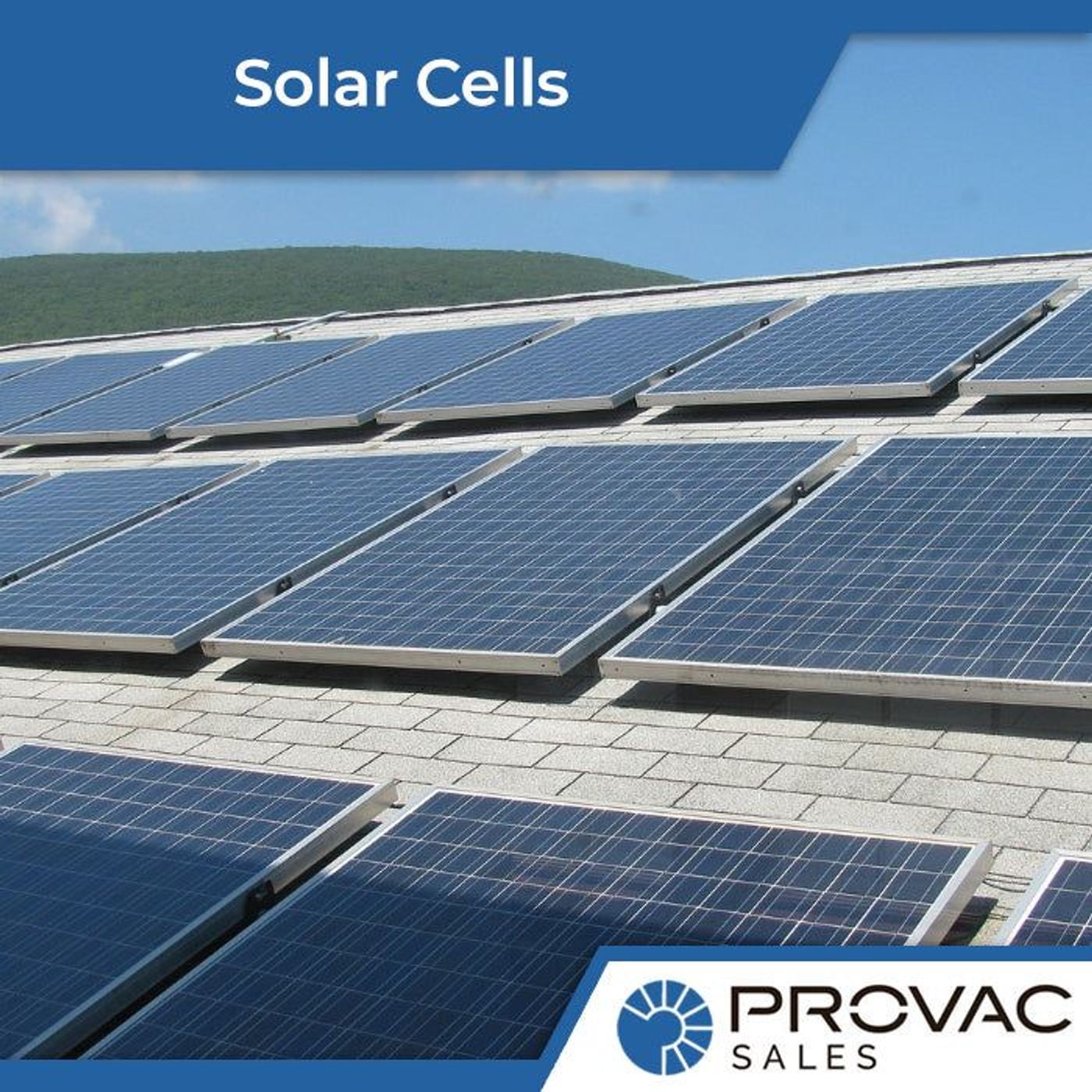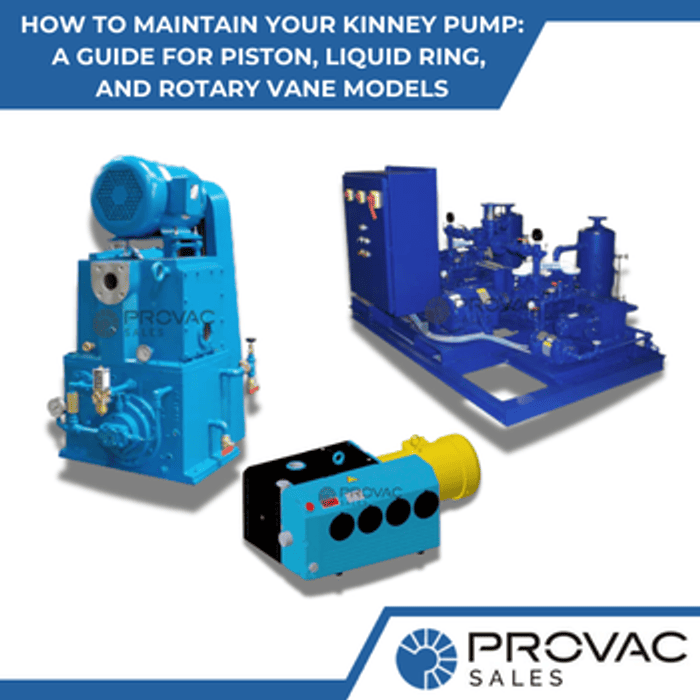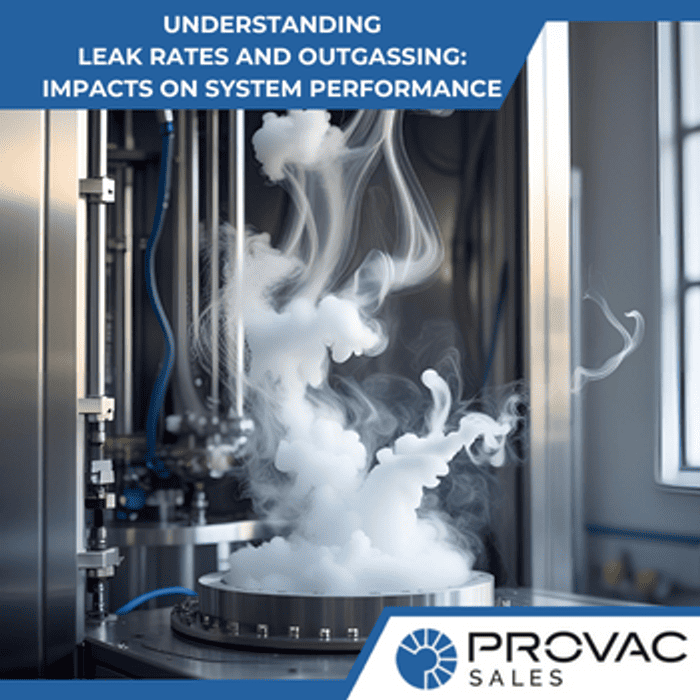Vacuum is a crucial part of renewable energy production, including the manufacturing of Photovoltaic cells. Photovoltaics (PV) are a key part of what solar panels use in order to convert sunlight into actual usable electricity. Without the proper use of vacuum, converting electrons to energy via photovoltaic effect is impossible.
Manufacturing processes of photovoltaic components includes thin film deposition, where vacuum is required to make uniform, impurity free layers.
The ability to take the direct sunlight, pull energy from it via heat, and store and use that energy has led to a big boom. For regions that previously were dangerously hot and dry but didn't necessarily offer a lot else (Australian deserts, North Africa, Arabian Peninsula, parts of Spain) this creates even more value from land that was very inhospitable without many usable resources in times past.
How Does Solar Cell Technology Work?
Keep in mind there are many different types of solar cell tech. Not everything is exactly the same, but almost all of them follow the same basic concepts.
Think of cells not as one straight sheet, but having tightly bound together layers that perform different functions. This is why a good vacuum process is so important because it keeps them together. That means more efficient cells. That means more energy and more power produced. All from the same area.
The layers create both reflections of what isn't use while increasing useful solar radiation inside, increasing that, and then absorbing it. You may hear these referred to as PERC layers.
There are new technologies like Heterojunction solar cells that are trying something new. There are panels that use crystalline silicon, thin-film deposition, and more. There are even those that are combining a variety of different styles together to get the most out of a situation.
Thin-film deposition refers to an emerging solar technology that takes fewer materials yet still produces some very high-quality cells. Add the best solar wafers available into a vacuum chamber and that allows you to combine multiple solar technologies that previously were only competing with one another.
The End Result
You have new solar panels that combine the benefits or strengths of other styles of solar cells without any of the weaknesses. That is the power of good use of vacuum technology into solar panels.





